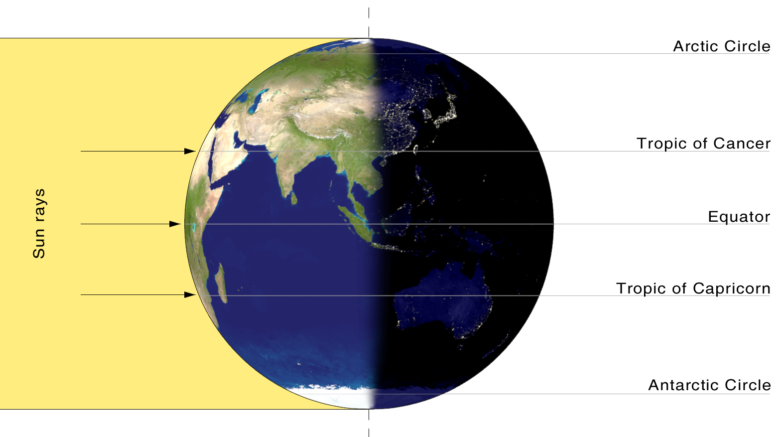Known as the vernal equinox in the Northern Hemisphere and as the autumnal equinox in the Southern, the March Equinox marks the beginning of spring and the end of winter in the Northern Hemisphere but marks the beginning of autumn and the end of summer in the Southern Hemisphere.
The March Equinox is often used by astronomers to measure a tropical year – the mean time it takes for the Earth to complete a single orbit around the Sun. Also known as a solar year, a tropical year is approximately 365 days, 5 hours, 48 minutes and 45 seconds long. When calculating the time differences between these equinoxes on a yearly basis can vary by only a few minutes or by as many as 30 minutes each year.
An analysis of the September equinox, which sees the Northern and Southern Hemisphere season switch can bee seen here.
Historically and culturally, the March Equinox has been celebrated as a time of rebirth for the Northern Hemisphere. Many cultures celebrate spring festivals and holidays around this time of year, including but not limited to Easter and Passover.
This is a great time to start planning summer events and gear up for viewing the Milky May in the coming months.

Hello There. I discovered your weblog the usage of
msn. This is an extremely smartly written article.
I’ll be sure to bookmark it and come back to learn extra of your useful information. Thanks
for the post. I will certainly comeback.